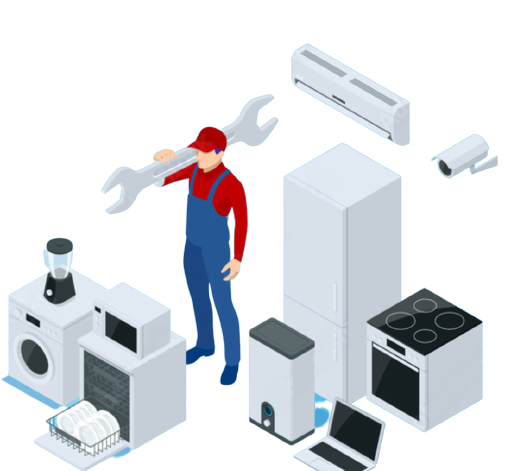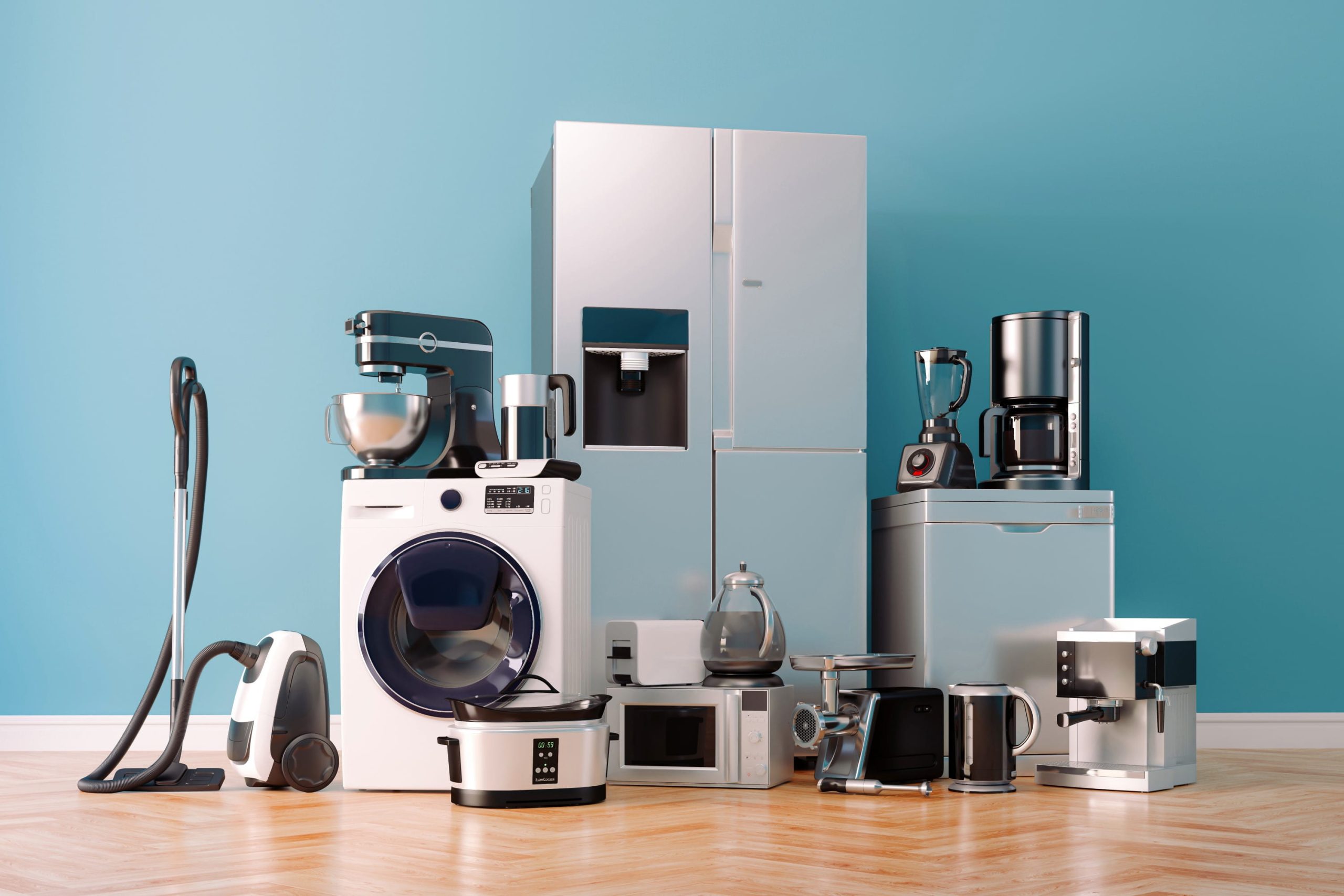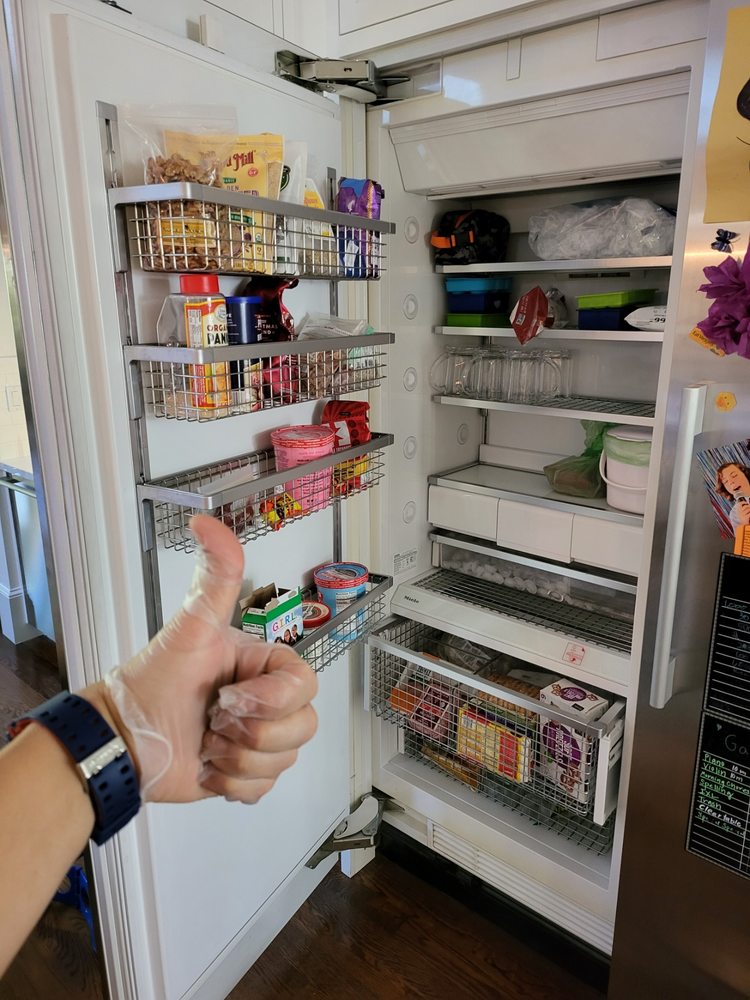Appliances are vital to our daily routines, but when they stop working, they can bring everything to a halt. One of the most frustrating issues is when an appliance shows an error code, and you have no idea what it means. Fortunately, many appliances display error codes that can point directly to the problem. Understanding these codes can save you time, money, and the stress of unexpected breakdowns.
Understanding Appliance Error Codes
Appliance error codes are alphanumeric combinations that indicate specific problems within your appliance. These codes can help you diagnose the issue, and in some cases, even provide guidance on how to resolve it. Whether you’re dealing with a washing machine, refrigerator, or oven, knowing what these codes mean is the first step toward a solution.
Common Appliance Error Codes:
- Washing Machine Error Codes:
- E1 (Water Inlet Problem): This code appears when your washing machine is having trouble filling with water. The issue could be with the water inlet valve or a kink in the hose.
- E2 (Drainage Issue): Indicates that your washing machine isn’t draining water properly. It could be caused by a clogged drain filter or a malfunctioning pump.
- Refrigerator Error Codes:
- F0 (Temperature Sensor Problem): If your fridge is showing this code, it could be a sign of a faulty temperature sensor. It might also indicate issues with the evaporator fan or defrost system.
- F1 (Compressor Overheating): This error points to an overheating compressor, which could be caused by poor ventilation or a problem with the compressor itself.
- Oven Error Codes:
- F1 (Control Board Issue): This code appears if there’s a problem with the oven’s control board or thermostat. It could prevent the oven from heating properly.
- F3 (Temperature Sensor Fault): This error is often related to a faulty temperature sensor, causing inaccurate heating.
Troubleshooting Appliance Error Codes
Once you’ve identified the error code, it’s time to troubleshoot. Here’s a general guide on how to approach common error codes:
- Step 1: Turn Off and Restart the Appliance
- Sometimes, simply turning off the appliance for a few minutes and then restarting it can reset the system, clearing the error code.
- Step 2: Consult the Manual
- Refer to the user manual or the manufacturer’s website to find the specific meaning of the error code for your appliance model.
- Step 3: Inspect the Appliance
- Check for common issues like clogged filters, blocked vents, or loose hoses. For example, if your washing machine shows a drainage error, inspect the hose for blockages.
- Step 4: Contact a Professional
- If the error code persists after you’ve tried troubleshooting, it may be time to call a professional appliance repair technician. They have the expertise and tools to diagnose and fix complex issues.
When to Call in the Professionals
If you’re not able to resolve the issue on your own or if the appliance is still under warranty, it’s best to call a professional. A licensed technician will not only fix the problem but will also ensure that the appliance is safe to use after repairs.



